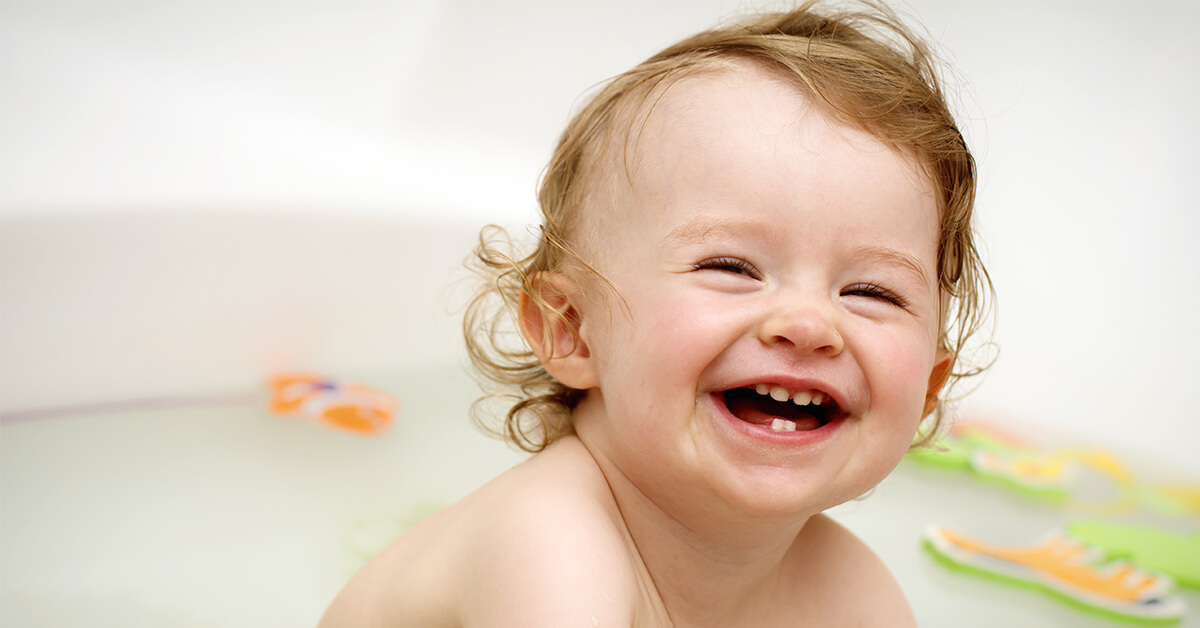
Kids lose their teeth and grow adult teeth at different times in life. But there’s a guide which you can follow to understand where your child fits. From newborns to budding teenagers, i’m going to walk you right through the baby teething chart so that you know where your child stands.
There’s probably no bigger milestone than when your kid loses their first baby teeth. For kids (and parents) it’s a serious experience. Is your child cutting their teeth at the moment? Are you concerned that your kids baby teeth aren’t coming in normally? We’ll aim to outline the teeth chart or timeline that your kid will lose all of their baby teeth.
Let’s look at some common questions parents have about kids’ teeth. This will show you how teeth grow, from a baby with no teeth to adulthood.
How many teeth do kids have?
Baby teeth are the 20 smaller teeth that erupt in your kid’s mouth.
Which teeth are baby teeth?
Baby teeth are the smaller, sharper teeth. Next to adult teeth they will look worn and shorter. All kids lose their baby teeth differently. We all have teeth of different sizes and shapes, and we have diverse jaw bones.
These differences help your teeth match your unique skeletal system. This helps you to chew, speak and smile easily. These different shapes also give your face its unique look and profile.
Why do we have baby teeth?
Humans have two sets of teeth – these are often called the ‘baby’ teeth or deciduous teeth. And the adult teeth or permanent teeth. When we are born, we usually have 20 baby teeth in our jaw. These are also called primary teeth.
These begin to come in (also called erupt) when we are around 6 months old. Our baby teeth help to chew first solid food, learn to speak and pronounce words. These baby teeth also help to hold spaces in the jaw for adult teeth. Kids teeth are very important.
What is exfoliation of teeth?
Throughout our childhood, they fall out at different times. This is also called exfoliation of teeth or shedding. At this point, our adult teeth begin to erupt and push through the gums. By the time we are 21, all of our 32 teeth have usually come in. We then have our full set of adult teeth. This usually consists of 16 teeth in each jaw, upper and lower.
Teeth Chart:
Phase 1: Baby teeth
Phase 2: Mixed Dentition
Phase 3: Adult teeth
Phase 1: Baby teeth
Stage 1: 4-16 months – 8 front baby teeth (incisors) – The first teeth to erupt
4-7 months old: The first baby teeth usually begin to break through (erupt) the gums at around 6 months old. This can occur anywhere between four and seven months. As a general rule, the first teeth to erupt are the two in the front bottom. These are called the lower central incisors.
8 to 12 months old: The upper central incisors soon follow them. This happens between 8 to 12 months old. The next two to erupt are the upper lateral incisors. This occurs around 9 to 13 months old, on average. Now your baby likely has two teeth in the center bottom, and four teeth across the top.
10 – 16 months old: The final incisors to erupt are usually the lower lateral incisors. This usually happens between 10 – 16 months old. There are eight incisors in total. These teeth are designed to help babies grip their first solid food and to cut food into small pieces.
Stage 2: 13-20 months – The baby first molar teeth (back teeth) begin to erupt
After the incisors erupt and burst through the gums, they will continue to grow. The rest of the other teeth begin to slowly grow in and erupt. This often happens in pairs. The molars are the next to come in.
13-19 months: The upper first molars are often the first to erupt. The molars are the wider teeth at the back of the mouth. This usually happens between 13 to 19 months of age.
12 and 20 months old: The lower molars follow a short while later. This occurs between 12 and 20 months old.
When the molars erupt on both the top and bottom, they allow a baby to chew more solid food. Molars are larger, flat teeth located at the back of the mouth. Their main function is to grind food during chewing.
Stage 3: 16-23 months: Baby canines (eye teeth) erupt
16 to 22 months old: To start this stage, there is a gap between the front incisors and the back molars. The canines (also known as eye teeth) erupt next. They fill in this space. Some people call these the vampire teeth because of their pointed nature. The upper canines erupt around the age of 16 to 22 months.
17 to 23 months old: The lower canines come in next. This occurs around 17 to 23 months old. The canines are the sharpest teeth in your mouth. They are used to rip and tear food apart.
Now your baby has nearly a full set of deciduous baby teeth!
Stage 4: 25 to 33 months: Second baby molar teeth erupt
25 to 33 months old: The upper and lower second molars come in last. This usually happens when your kid is around 25 to 33 months old. These flat, wide teeth are used for grinding food. They also help to define the shape of the face and jaw which can prevent braces.
By the age of 3, your kid likely has a full set of teeth! Their baby teeth are usually very white, so make sure they flash you a lot of smiles.
Interesting baby teeth facts – Which teeth are baby teeth?
- Girls tend to develop teeth before boys.
- Most babies develop bottom teeth before upper teeth.
- Teeth tend to erupt in sets of two, on the left and right.
- Baby teeth are small and whiter in color than adult teeth.
How to look after baby teeth
Some people think that their kids’ baby teeth aren’t very important. After all, they will lose these teeth, so why bother caring for them?
This is untrue, baby teeth are important for your kid’s dental health. You should care for your kids’ teeth very carefully.
They are important for many reasons.
- They create and reserve space for adult teeth.
- They give shape and definition to the face.
- They help your child learn to speak correctly.
- They help your child chew and process food which helps to prevent braces.
- They play a role in good dental nutrition because your child can chew solid easily.
- They give adult teeth a healthy start.
Phase 2: The Mixed Dentition Teeth Chart
In the next stages, your kid will have a mix of baby teeth and adult teeth. This is when the baby teeth will begin to exfoliate. That means they get loose and fall out.
Stage 5: First baby teeth exfoliate and adult teeth begin to erupt
What is exfoliation of teeth?
Your child’s baby teeth will start to fall out between the ages of 6 and 12. However, this can happen as young as 4 years old. Remember – don’t pull or wiggle them too much. Let nature take its course. The tooth will fall out when it is ready, and there should be very little blood. Within a few months (or even a few years) of baby teeth loss, their adult tooth will start to erupt.
6 to 7 years old – By age 6 in most kids, the first baby teeth begin to get loose and then exfoliate. First to go is the lower baby central incisor. Then the adult lower central incisor erupts.
Slightly after the baby upper central falls out. This is the period when kids have a gap in the upper two front teeth.
This may be before or after, the adult permanent molars is erupting. Usually, lower molars come first but not for all kids. Some people call these the ‘six-year molars.’ They occupy a previously empty space in the jaw. They do not replace any baby tooth. They erupt behind the baby teeth in both upper and lower jaw.
These first permanent molars help to define the shape of the face. They are the longest standing adult teeth and are crucial for the dental arch. Some people confuse these with baby teeth, but they are meant to last a lifetime. It is very important to care for them as soon as they enter the mouth.
7-8 years old – The upper central incisors begin to erupt in this period. The most visible adult teeth in your kid’s mouth. Both upper and lower baby lateral incisors (teeth next to middle ones) will get loose and exfoliate in this stage.
The adult lower lateral incisors will then erupt. Your kid will now have four lower adult front teeth!
8-9 years old – The upper lateral incisors should now exfoliate and adult teeth erupt. Now your child has 4 adult upper teeth.
Stage 6: Formation of the adult dental arch
9-11 years old – Lower baby canine teeth will exfoliate and be replaced by adult canine teeth. Then the baby molars will exfoliate and be replaced by the adult first premolars then second premolars should erupt. Usually, upper adult premolars erupt first.
11-13 years old – Upper canine baby teeth will exfoliate. By 12 the adult canine should erupt. At the same time, the second molars should erupt at the back of the mouth.
This age signifies the end of the ‘mixed dentition’.
Stage 7: Wisdom teeth eruption
Age 17 to 21: The final permanent teeth to erupt into the mouth are called the wisdom teeth. These are also sometimes called the third molars. They often erupt between the ages of 17 and 21 years old. That said, this can happen earlier or later in life.
The wisdom teeth are at the very back of the mouth. This can make them hard to clean, and so it is important to care for them well.
For some people, the third molars do not properly erupt through the gums. They can become infected or impacted. In this case, your dentist might suggest that they are surgically removed.
Phase 3: The adult teeth chart
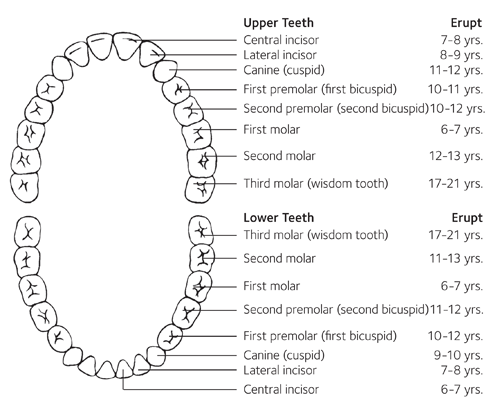
It is always important to remember that every child is different. Your child’s teeth will likely erupt in a similar way as listed above. That said, slight changes and delays are normal.
Similarly, they may develop or lose teeth earlier than the norm. If you have any concerns or questions about your kid’s teeth, speak to your family dentist. They will be able to help you with any questions you might have.
How are you kids teeth erupting? Let us know in the comments below.
Do you want to know more about your kids’ teeth? If you want to be kept up to date, follow us online.
Be sure to subscribe to our newsletter.
Now we want to hear from you. Please leave your questions in the comments below.
For more information on Dr. Lin’s clinical protocol that highlights the steps parents can take to prevent dental problems in their children: Click here.
Want to know more? Dr Steven Lin’s book, The Dental Diet, is available to order today. An exploration of ancestral medicine, the human microbiome and epigenetics it’s a complete guide to the mouth-body connection. Take the journey and the 40-day delicious food program for life-changing oral and whole health.
Click below to order your copy now:
US AMAZON
US Barnes & Noble
UK AMAZON
Australia BOOKTOPIA
Canada INDIGO



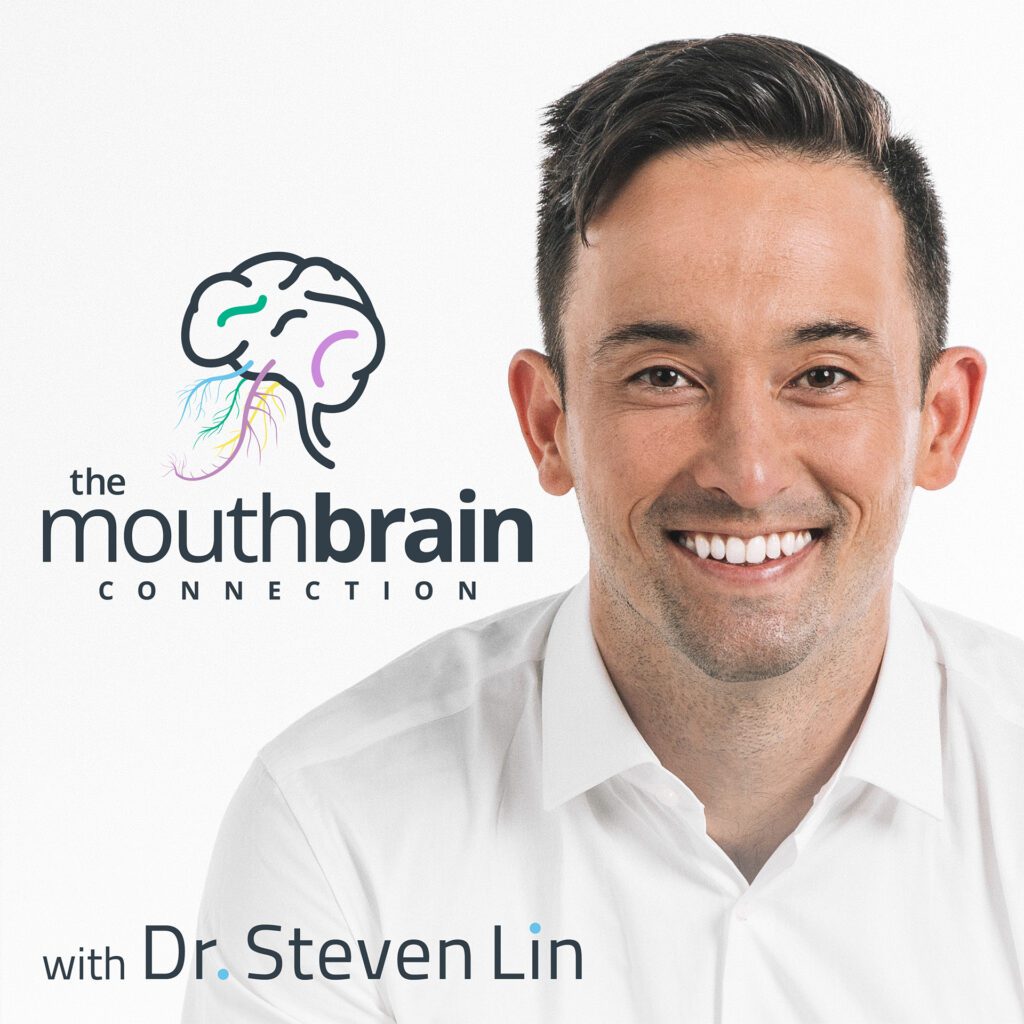

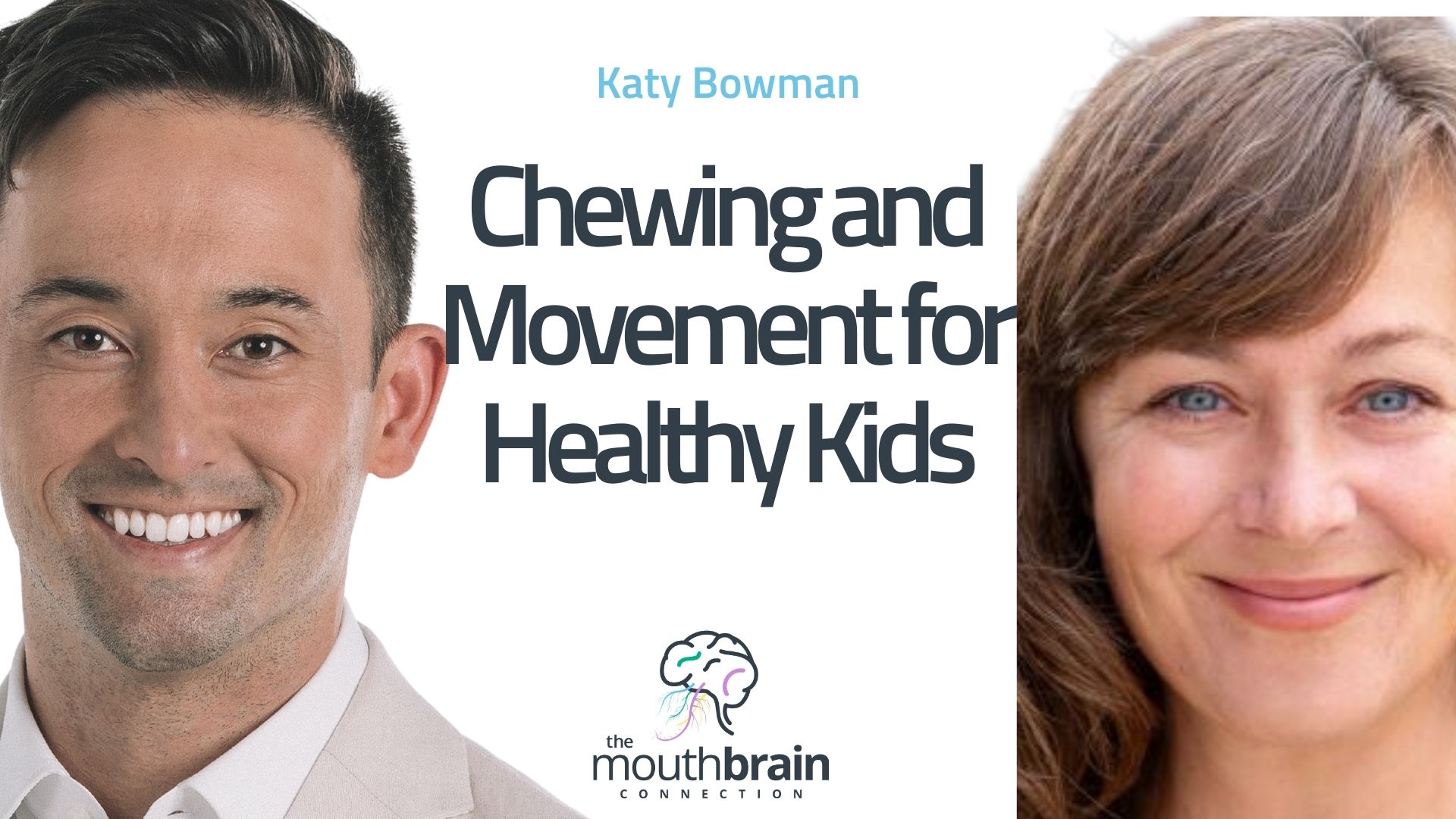
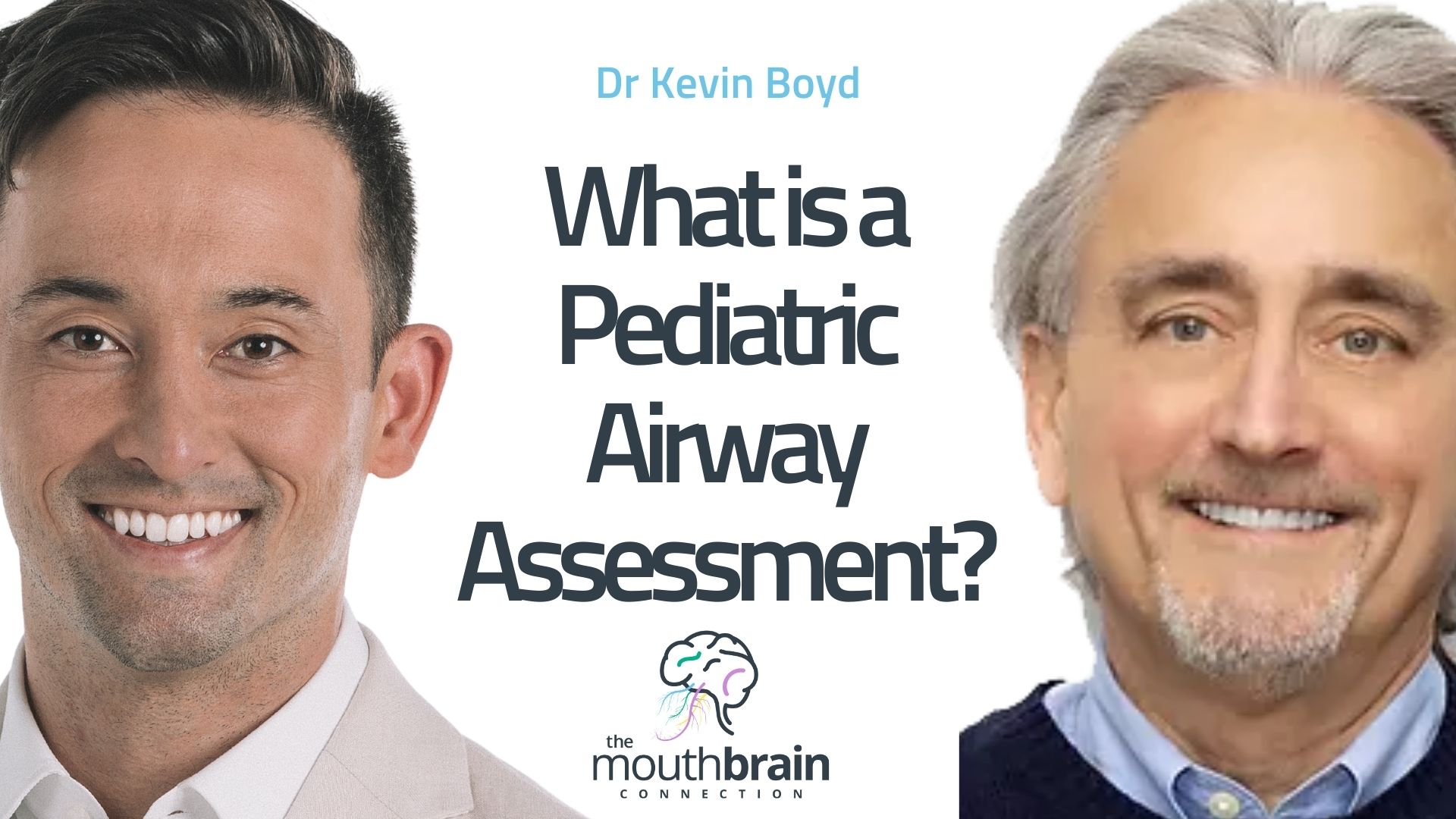
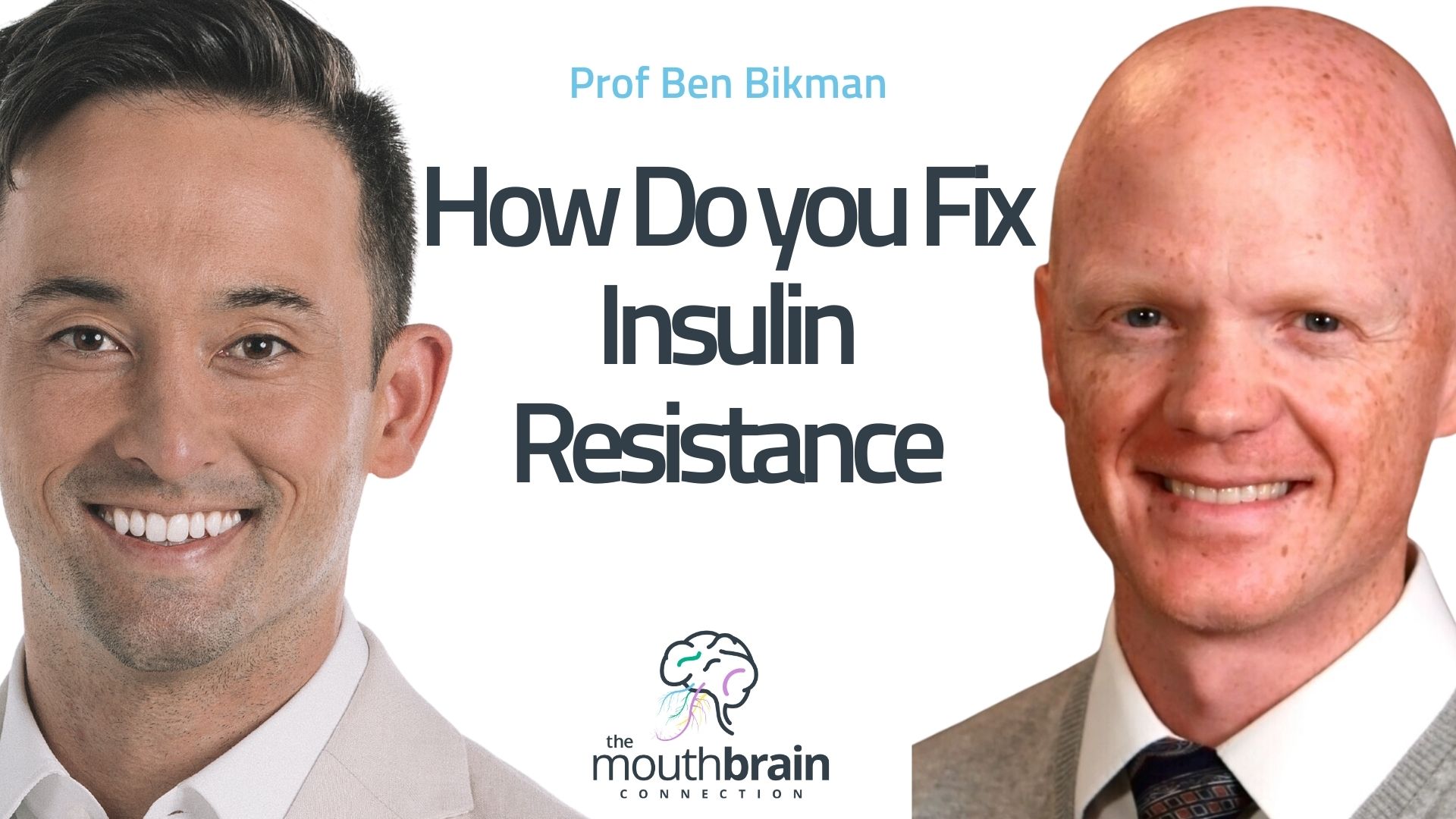


6 Responses
Sir mere bete k front teeth 7yrs m tut gye bt 5 mnths baad abhi nhi aye,its normal ya some problem tell me,,,,wt i do? Kya bacche ko calcium tab. Du. Plz. Tell me
this awesome article thanks for sharing my baby is in teething i will help me thanks
Excellent Educational Information. Enjoy learning as much as I can for My Daughter, Son in Law and Grandson.
One of my daughters top central incisors are not erupting. She is now 13 months old. Is this something to be concerned about?
My baby is having 2 teeth at 6 months and now he is 18 months old but now also he is having 2 teeth. Is it of any concern..
my baby is 13 months old, till now not even one teeth has come,
and not even the signs of coming are visible, i m really worried,
a doctor known to me said that, by 16 months it may occur,
kindly help me with this, & even after 16 months if it doesn’t occur, what should be done, pls suggest me